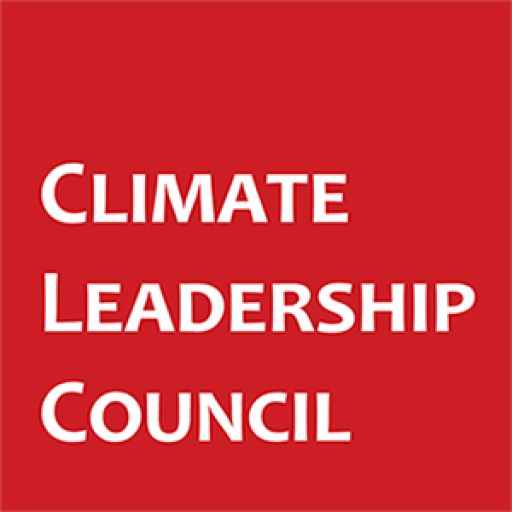Bilateral negotiations such as the U.S.-EU “Global Arrangement on Sustainable Steel and Aluminum” negotiations have attempted to promote international coordination on procedures for determining carbon intensity—particularly with regard to steel. There is little agreement, however, on how this coordination would work and what form it would take.
In the Council’s most recent paper, we outlined an approach for coordinating product-level emissions accounting procedures to reduce the burden on manufacturers that will need to submit emissions intensity data in compliance with different government regulations. Interoperability—the ability of different policies to operate concurrently—is a concern for manufacturers. Although agreement on international standards for determining emissions intensity would be optimal, it appears unlikely that such standards will be approved at the multilateral level in the near future.
We propose an alternative using three tools for international regulatory cooperation—harmonization, mutual recognition, and horizontal consultation procedures—to link the methodologies that are already being developed in the U.S. and the EU. For the U.S., the reference point is the approach being developed by the International Trade Commission (ITC) for determining the carbon intensity of steel. For the EU, the obvious starting point is the procedures for determining embedded emissions under the Carbon Border Adjustment Mechanism (CBAM).
Harmonization
Full harmonization of regulatory standards from different countries is rare due to differences in legal processes and political priorities. Accordingly, it is unlikely that the U.S. and EU will, at least in the near term, adopt precisely the same emissions intensity accounting procedures. A more viable approach would be to require harmonization of only those elements of emissions accounting systems that must be uniform, while accommodating unavoidable variations.
Reporting Template – must be harmonized
The same basic template for reporting product-level emissions data should be used in both the U.S. and the EU, even if there is some variation in the emissions covered.
Unit of Measurement – must be harmonized
The basic unit of measurement used for emissions should be harmonized to ensure interoperability. The U.S. and EU approaches to determining embedded emissions are harmonized on this point, both measuring emissions in tonnes of carbon dioxide equivalent emissions (tCO2e).
Taxonomy of emissions – must be harmonized
Harmonization of the taxonomy of covered emissions—i.e., the categories or scopes of emissions that are included—is essential to ensuring interoperability. The EU uses the categories of direct emissions, indirect emissions, and emissions from precursors, while the ITC uses the scope 1, 2, and 3 taxonomy in line with the Greenhouse Gas Protocol. That said, there is still significant overlap in these classifications.
Covered gases – harmonization desirable
The same gases should be covered to the extent possible, although some divergence could be accommodated. The EU CBAM requires reporting of only CO2 emissions for steel while the ITC’s proposed methodology covers CO2, methane (CH4) and nitrous oxide (N2O).
System boundaries – harmonization desirable
The U.S. and EU system boundaries for steel products are closely aligned. Most notably, the system boundaries of the U.S. and EU approaches both include the three major baskets of emissions: combustion emissions (direct/scope 1), emissions from electricity produced off-site (indirect/scope 2), and a limited set of upstream emissions (precursors/scope 3).
Measurement and calculation procedures – harmonization desirable
The acceptable methods of measuring or calculating emissions should also be harmonized to the greatest extent possible to ensure that reported data can be compared. The EU CBAM and ITC investigation permit slightly different calculation methods.
Mutual Recognition
Because of the difficulty of achieving harmonization of international standards, much of the focus of efforts to promote international regulatory cooperation has shifted to mutual recognition. Mutual recognition refers to agreements between countries to recognize elements of each other’s regulatory regimes as legally adequate.
Mutual recognition is usually used to accept the competence of “conformity assessment bodies” in participating countries to certify that products produced in one country comply with the standards of another. These arrangements are implemented through “mutual recognition agreements.” The U.S. and the EU have MRAs covering several sectors, including telecommunications equipment, pharmaceutical good manufacturing practices (GMPs), and medical devices.
Mutual recognition could also be used to address variations between U.S. and EU approaches to measuring emissions if they are deemed to be essentially equivalent.
Horizontal Cooperation Mechanisms
Achieving interoperability of emissions accounting for steel will also require procedural mechanisms for consultation, coordination, and information sharing. Models for a joint body to carry out these functions include the Western Climate Initiative, Inc. (WCI) for linking subnational emissions trading programs in the U.S. and Canada, and the Joint Committee established to link Switzerland’s and the EU’s emissions trading systems.
A similar joint body could be established by the U.S. and the EU to ensure the interoperability of their programs for determining the emissions intensity of traded steel. Specific functions of the body could include promoting harmonization of reporting templates, taxonomies, systems boundaries, and covered gases; and mutual recognition of verifiers and measurement and calculation procedures.
The U.S. and EU approaches to determining the emissions intensity of steel are in many respects already aligned and could be made functionally interoperable using a combination of tools of international regulatory cooperation. Harmonization could be used to align the process for calculating and reporting emissions. A mutual recognition agreement could reduce the cost and compliance burden by eliminating the need for redundant verification procedures. And horizontal cooperation mechanisms could be used to facilitate coordination of the U.S. and EU systems.
By aligning their approaches, the U.S. and the EU have an opportunity as “first movers” to set the model for broader interoperability in product-level emissions measurement systems.
